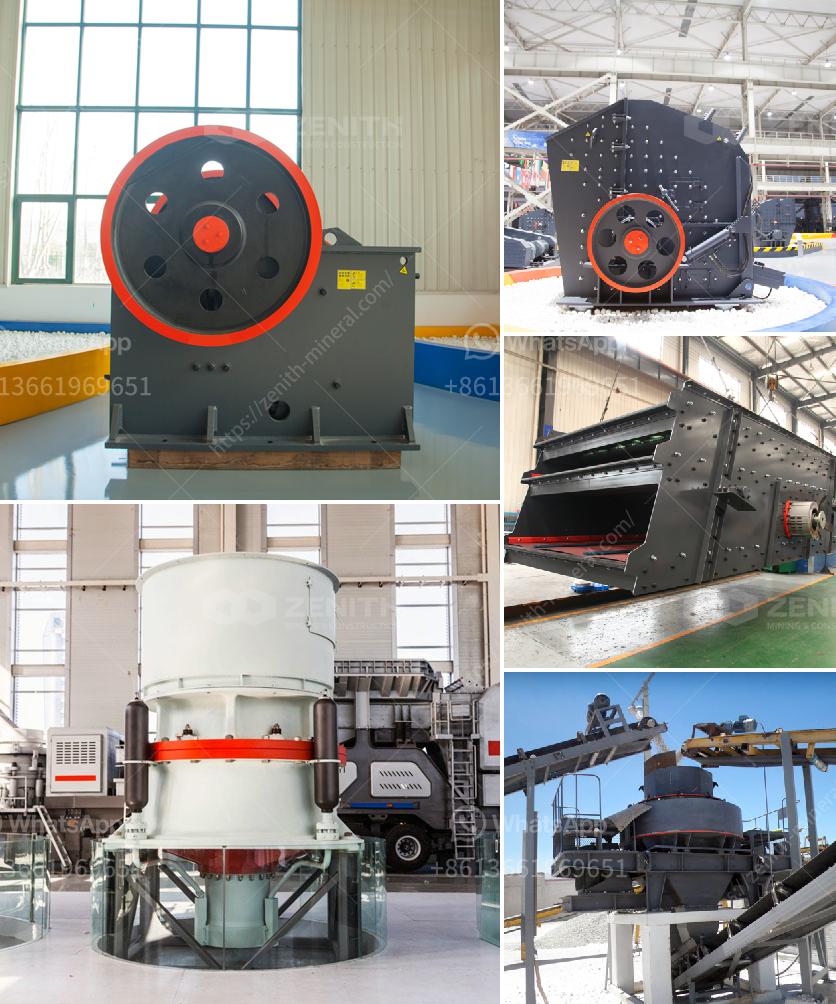Tensioning a conveyor belt is a crucial process to ensure efficient operation, prevent slippage, and avoid excessive wear. Here’s an outline of the steps involved in tensioning a conveyor belt:
-
Initial Inspection:
- Inspect the belt and conveyor system for any visible issues, such as misalignment, damage, or obstructions.
-
Turn Off Power:
- Ensure the conveyor system is shut down and de-energized to prevent accidental start-up during maintenance.
-
Release Tension:
- If the belt is already installed, release the existing tension using the appropriate tensioning mechanism, often involving tensioning screws, hydraulic or pneumatic devices.
-
Align the Belt:
- Properly align the belt on the conveyor structure to prevent tracking issues. Misalignment can cause uneven wear and operational inefficiency.
-
Apply Tension:
- Gradually apply tension using the designated tensioning mechanism. This could be:
- Screw Adjustments: Turning screw bolts to move rollers or other tensioning devices.
- Gravity Take-Up: Utilizing weight and gravity systems to apply consistent tension automatically.
- Automatic Tensioners: Using spring-loaded or hydraulic/pneumatic devices that maintain constant tension.
-
Check Belt Sag:
- Ensure the belt maintains proper sag, typically recommended as 1% to 2% of the center distance between pulleys. Too much sag can lead to belt slippage and too little can cause premature wear.
-
Test Run:
- Start the conveyor at a low speed to observe the belt’s performance, checking for proper tracking and even operation.
-
Fine-Tuning:
- Make any necessary adjustments to the tension to ensure smooth operation. It may require several iterations of tensioning and testing to get it just right.
-
Verify and Secure:
- Once optimal tension is achieved, secure all adjustment points and tensioning devices to maintain the set tension during operation.
-
Regular Maintenance:
- Continuously monitor the belt tension and make necessary adjustments over time, especially after the belt stretches with use.
Each conveyor system might have specific requirements and recommendations provided by the manufacturer, so always refer to the relevant guidelines and safety protocols.


